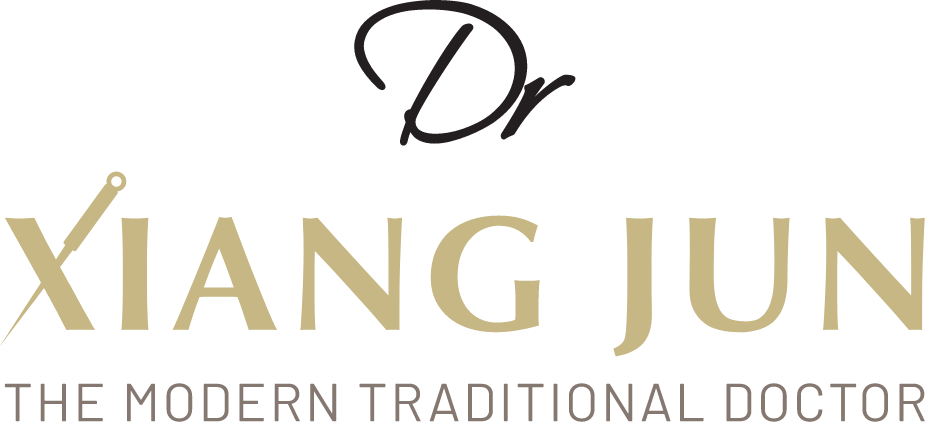Pain Management
Pain Management
Pain is widely defined as "an unpleasant sensory and emotional experience associated with actual or potential tissue damage, or described by the patient in terms of such damage." In medical diagnosis, pain is regarded as a symptom of an underlying condition.
Pain can speak volumes, it can tell what is going on inside your body and what is wrong so we can fix it. However, modern medicine often manages pain differently, it seeks to eliminate or mask the pain but not the problem.
According to Traditional Chinese Medicine, a simple yet profound statement sums up the very essence of Chinese medical view of pain:
“If there is no free flow, there is pain; if there is insufficiency (of qi and blood), there is pain.”
This means that, as long as enough qi/vital energy and blood flows smoothly without hindrance, there is no pain in the body. However if due to any reason the flow of qi and blood is hindered or obstructed or insufficient, hence not flowing freely and nourishing the respective body parts or organs, then there will be pain. Therefore in Traditional Chinese Medicine, pain is nothing other than the felt experience of lack of free flow of qi and blood.
Some causes for hindrance of qi and blood flow:
micro blood stagnates due to inflammation/injury (e.g. sprains, strains, inflammatory internal diseases such as Crohn’s disease, gastritis etc.)
long term exposure to coldness or taking cold food
dehydration causing blood to thicken and higher chances of forming micro blood stagnants
Some causes for insufficient qi and blood:
poor organ functions leading to insufficient qi and blood being produced
malnutrition
In the treatment of pain, TCM uses methods such as acupuncture and cupping etc. that have virtually no side effects. This is because these TCM methods work in an entirely different manner. Acupuncture, acupressure and cupping work to stimulate the central nervous system, which in turn releases chemicals into the muscles, spinal cord and brain. These chemicals either alter the perception of pain or release other chemicals that influence the body's self-regulating systems. These biochemical changes support the body's natural healing abilities, improve circulation, and promote physical and emotional well-being. When circulation in the tissue improves, muscle relaxation occurs and pain is reduced. In some cases, improved circulation may cause the pain to increase, but this is followed by accelerated repair of the tissue. Proper circulation is important not only for the blood to nourish the tissue, but also for eliminating muscle fatigue and pain-causing substances such as lactic acid.
In 1997, the National Institutes of Health (U.S.) officially recognized acupuncture as an effective treatment for pain. According to the 1997 NIH panel, clinical studies showed that acupuncture therapy is helpful in treating many types of chronic pain, including but not exhaustively:
headaches, migraine
menstrual cramps
tennis elbow
myofascial pain
osteoarthritis
neck pain
low back pain
knee pain
carpal tunnel syndrome
There are also multiple scientific papers that show evidence of how TCM and acupuncture can help relieve aches and pains in body.
How I can help you deal with Pain
When presented with a case in which pain is an important symptom, I will first diagnose the reason for the non-free flow of qi and blood and then provide the appropriate treatment which restores that free flow. Treatments can include but not restricted to acupuncture, cupping, acupressure, moxibustion, blood letting, Chinese Herbal Ingestion.


